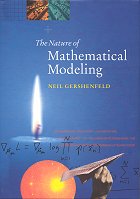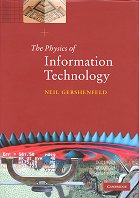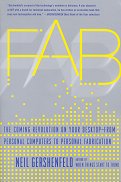This volume addresses these shortcomings by presenting the results of
a careful comparison of different methods for
time series prediction and characterization.
This breadth and depth was achieved through
the Santa Fe Time Series Prediction and Analysis Competition,
which brought together an international group of time series experts
from a wide variety of fields to analyze data from the following common data sets:
• A physics laboratory experiment (NH3 laser)
• Physiological data from a patient with sleep apnea
• Tick-by-tick currency exchange rate data
• A computer-generated series designed specifically for the competition
• Astrophysical data from a variable white dwarf star
• J. S. Bach’s last (unfinished) fugue from Die Kunst der Fuge.
In bringing together the results of this unique competition, this volume serves as a much-needed survey of the latest techniques in time series analysis.
Contents
- • Tim D. Sauer. Time series prediction using delay coordinate embedding. 1993




